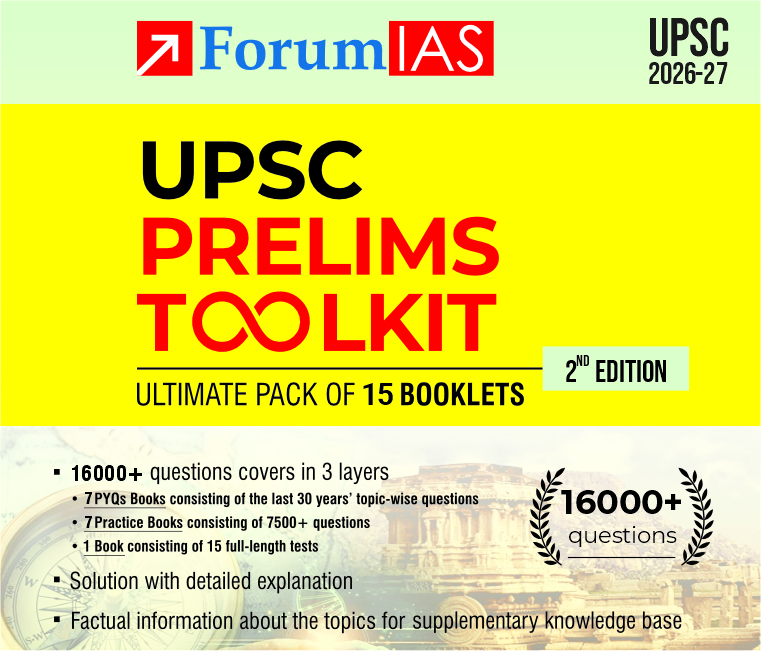UPSC Detailed Application Form (DAF)
The UPSC DAF is an elaborate form that candidates must fill out with personal, educational, and other important details. It asks candidates to give detailed information about their educational qualifications, employment experience, service and cadre choices, and other relevant information. The form is known as UPSC DAF 1 and is filled out before the UPSC Mains Examination, whereas the next form, which is filled out before the Personality Test Round, is known as DAF 2.
The DAF (Detailed Application Form) plays a crucial role in the UPSC selection process, serving as a tool for the commission to assess and evaluate candidates’ suitability for various administrative positions in the government.
Candidates may note that some of the fields namely Candidate’s name, Date of Birth, Father’s name, Mother’s name, email address, Physically Challenged category, Disability percentage etc. have been Prepopulate (pre-filled) using the information provided by the candidate at the time of filling up the earlier Online Application Form for writing the Written Examination/Preliminary Written Examination. Such fields cannot be changed by the candidate.
However, if a Candidate notes any error/discrepancy in these fields, he may make a separate detailed representation to the Commission including all relevant documents, in support of his claim. The Commission will decide each such case on merit
and its decision in such cases shall be final.
- Candidates must ensure that all columns should be filled correctly. No correspondence will be entertained by the Commission from candidates to change any of the entries made in the online Detailed Application Form.
- Candidates are mandated to digitally complete the DAF submission by accessing the designated webpage of the commission. The process begins with candidates registering on the platform, providing their names, roll numbers, birth dates, and email addresses within the DAF registration module.
- Candidates must ensure the provision of a valid and active email address during registration, as login credentials will be sent to the registered email addresses.
- Upon clicking the submission button, candidates will receive a message on their screen confirming their registration, and a password will be sent to their email address.
- At next, candidates need to return to the UPSC website (http://www.upsc.gov.in) and log in to the system using their six-digit Roll Number along with the provided password.
- The Online DAF comprises six modules: Personal, Educational Information, Parental Information, Employment Information, Upload documents, and Final Submission.
- Candidates must fill out all modules before using the Final Submission Module to submit the form online.
- It is advised to save each module after completion, and candidates can make changes to any module before the final submission.
However, once the Final Submission is made, no further changes are possible online.
Documents Required to Fill the UPSC DAF
The documents required for UPSC DAF are as follows:
- Matriculation Certificate
- Degree Certificate/Final year appearing certificate.
- Domicile Certificate/Caste Certificate along with Income/Property Proof
- Disability Certificate (If any)
- Undertaking (in the case of Government Servants)
Candidate should upload a clear scanned copies of the documents that is to be consolidated into a single PDF file, and this PDF file must be unlocked. Be careful while filling up important categories as contribute to shaping your identity for the board. Try to present the best version of yourself.
Important Categories under UPSC DAF:
- Educational details
- Employment details
- Prizes, Medals, Scholarship
- Your Optional Subject (it cannot be changed later)
- The right choice of Language Medium for the Interview
- Extracurricular activities, interests and hobbies
UPSC DAF 2
DAF 2 is released after the Mains Examination result get declared. According to the Rules of the UPSC Civil Services Exam, submission of DAF II is mandatory and failing to submit UPSC DAF II online within the given time frame can cancel the candidature of the applicant.
Points to remember while filling the DAF 2
- The “interests and hobbies” section is where candidates sometimes mention aspirations and interests as hobbies, leading to potential issues. It’s essential to be honest with oneself and the panel while completing the DAF. Only include hobbies that genuinely interest you. Honest completion of the DAF can result in questions from areas where you are most comfortable.
- While answering cadre-related questions, candidates should maintain political neutrality and express patriotism. Good justifications for preferences include proximity to the home state, a desire to address social issues in a specific state, or simply explaining that choices were marked due to the mandatory nature of the section.
- For service preferences candidates, one must have a suitable explanation to justify their preference.
- One must read the service eligibility conditions carefully to defend their choices.
- Present information in a manner that intrigues the board, prompting them to ask questions. If relevant, provide a detailed employment history, outlining current and previous jobs with dates, designations, and responsibilities. Aim for conciseness while ensuring thorough coverage.




